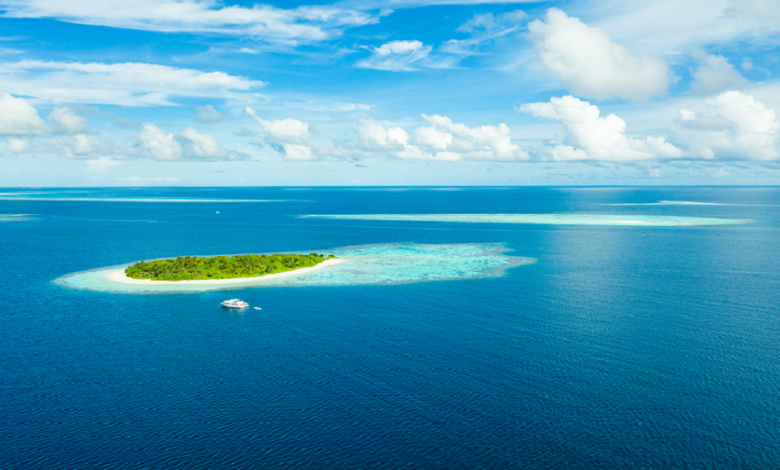Discover the hidden “oasis of life” in the depths of the ocean in the Maldives

A team of "aquanauts" discovered that the Maldives has an oasis of life in the depths of the oceans in a large watery desert.
A recent submarine mission around a deep-water seamount in the archipelago has revealed a new type of thriving ecosystem that the researchers say has not been described before.
They call it the "trapping zone": a realm 500 meters (1,640 feet) deep where large fish congregate to feed on microscopic nekton.
The microscopic nekton resembles zooplankton, although it is slightly larger, ranging in size from 2 to 20 cm (up to 7 inches).
These microorganisms actively swim between the ocean surface and waters up to a kilometer deep, creating a vertical wave of migration every day and night as large fish follow to feed.
The Nekton Maldives mission is the first study to systematically map the deep waters of the Maldives, a chain of 26 atolls southwest of Sri Lanka and India. The mission is a joint project between a non-profit research institute of the same name, the Maldivian government, and researchers at the University of Oxford.
Indeed, the international team discovered a new ecosystem surrounding the deep sea mountain Satho Rahaa, based on the movement of microscopic nektons.
As the sun rises each day, these microorganisms begin to swim from the surface down. Near the Ghori seamount, submerged volcanic mounds and fossil carbonate reefs formed 60 million years ago preventing the microscopic nekton from diving deeper than 500 metres.
Confined by the terrain, the animals became "sitting ducks" for larger predators, such as schools of tuna, hungry sharks and other deep-water fish such as the spiny oreo and alfonsinus.
Not only did the team count large numbers of fish, but they also saw great diversity in the fauna. Their submarine has spotlighted leopard sharks, gill sharks, gulber sharks, scalloped hammerhead sharks, silky sharks, sand tiger sharks, and even kestrel sharks, which are relatively rare.
If such an ecosystem exists in the Maldives, it is likely to be found on other oceanic islands with similar underwater structures.
The vertical movement back and forth of fish through the water column each day is, by some estimates, the largest mass migration on the planet.
A newly found trapping spot in the Maldives could allow scientists to identify these otherwise overlooked creatures in an entirely new way, which could allow for better ocean conservation practices.
source:Websites

